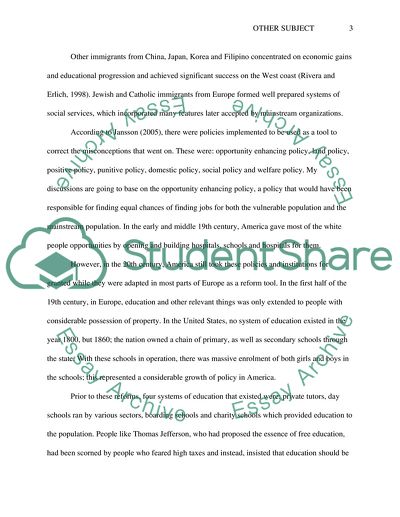Cite this document
(The Reluctant Welfare State Out-groups Coursework, n.d.)
The Reluctant Welfare State Out-groups Coursework. Retrieved from https://studentshare.org/politics/1776020-the-reluctant-welfare-state-out-groups-hs-201
The Reluctant Welfare State Out-groups Coursework. Retrieved from https://studentshare.org/politics/1776020-the-reluctant-welfare-state-out-groups-hs-201
(The Reluctant Welfare State Out-Groups Coursework)
The Reluctant Welfare State Out-Groups Coursework. https://studentshare.org/politics/1776020-the-reluctant-welfare-state-out-groups-hs-201.
The Reluctant Welfare State Out-Groups Coursework. https://studentshare.org/politics/1776020-the-reluctant-welfare-state-out-groups-hs-201.
“The Reluctant Welfare State Out-Groups Coursework”, n.d. https://studentshare.org/politics/1776020-the-reluctant-welfare-state-out-groups-hs-201.


